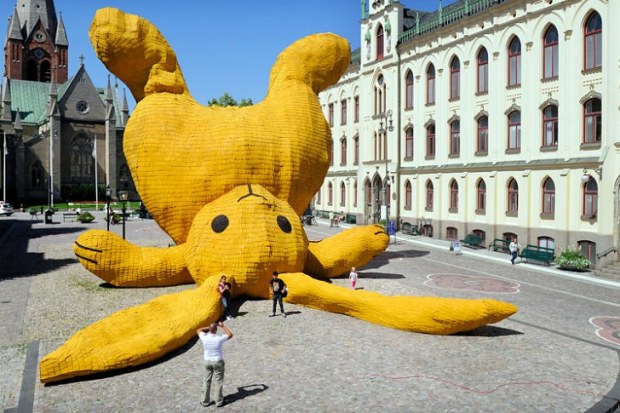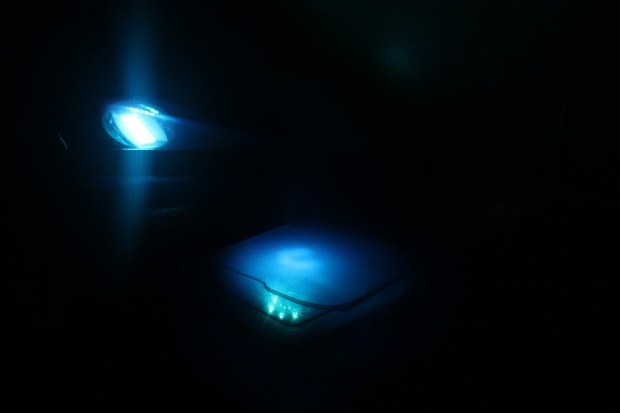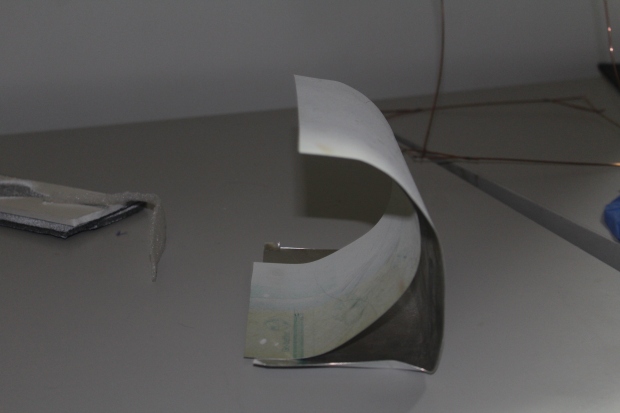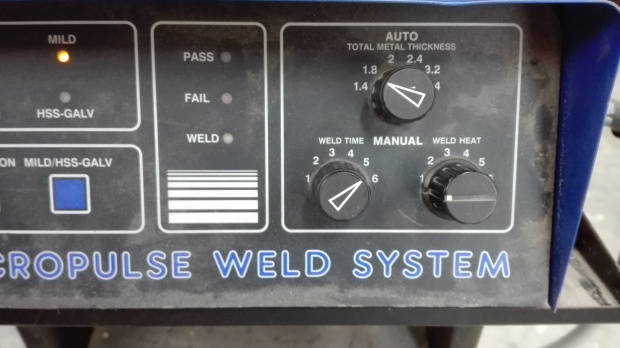I came across this massive 13-meter-high work by Dutch installation artist Florentijn Hofman while researching for other artists using heavy materials to create large scaled installations, and the type of armatures they use to keen them stable and balanced. Hofman created this temporary sculpture near St. Nicolai church in the city center, was constructed out of locally-manufactured shingles, a wooden armature, concrete and metal, with the volunteered help of 25 craftmens from Örebro, Sweden. He apparently used a wooden armature.

Hofman sees the world as his ‘giant playground‘ and many of his installations are large scale replicas of toys and animals set within very public spaces as a way to challenge the concept of public space. By enlarging the scale of the installation, Hofman changes the viewers’ perspectives of both the installation and the space it sits in. In the case of the Big Yellow Rabbit, Hofman placed the sculpture as though it were dropped from the sky, resting naturally against the Engelbrekt monument. Using these deliberate positioning techniques, Hofman seeks to ask, “What is the use and purpose of public space?”
These images give a good perspective of the huge scale of this massive bunny! I feel we are used to seeing installations near this size resembling animals, and are often quite overwhelming and almost threatening. This might have something to do with our minds making a connection with the physics of how heavy the materials look, coupled with the size, we feel as if the installation couldfall onto us. In this work however the angle aids this tension, as it looks unstable, like a child has dropped it and it will soon topple over, however, because we also have a remebrance to this item, or design we feel an instant connection through the recognition through the object.
We want our wave to have to give the audience a feeling of awe, an understanding of the concept, and also the sense of tension in terms of the overwhelming issue of plastics in the oceans, but at the same time not make the viewer uncomfortable.
References:
Some text and information retrieved from,
Meinhold, Bridgette, DesignBoom, and Florentijn Hofman. “Big Yellow Bunny Made From Local Swedish Materials is Easily the Size of a Building! | Inhabitat – Green Design, Innovation, Architecture, Green Building.” Inhabitat | Design For a Better World!. Last modified August 23, 2011. Accessed June 6, 2016. http://inhabitat.com/big-yellow-bunny-made-from-local-swedish-materials-is-easily-the-size-of-a-building/.
Images retrieved from,
Hofman, Florentijn, and Lasse Person. “Stor Gul Kanin (Big Yellow Bunny).” inhabitat.com. 2011. 2011 openART Biennale in Örebro, Sweden. Accessed June 4, 2016. http://inhabitat.com/big-yellow-bunny-made-from-local-swedish-materials-is-easily-the-size-of-a-building/.


































